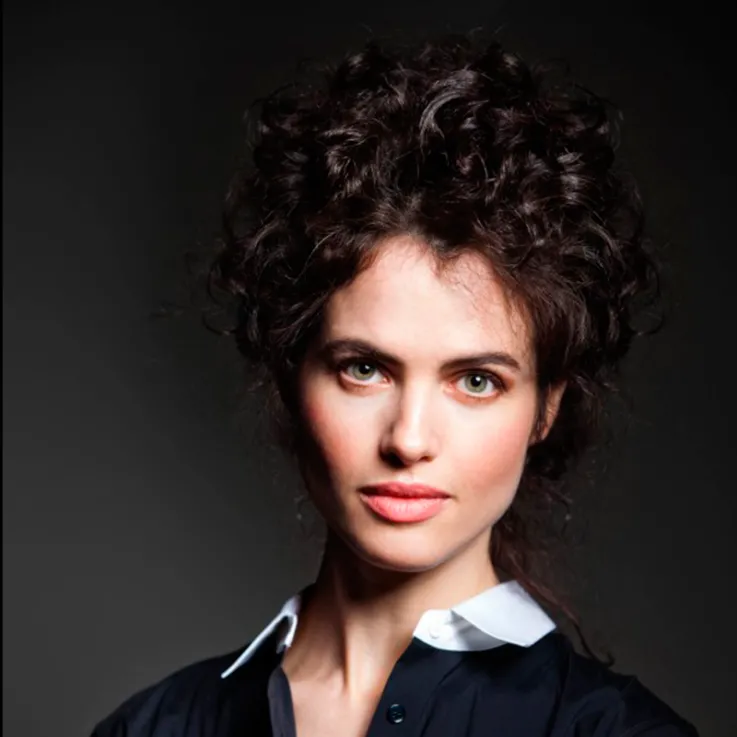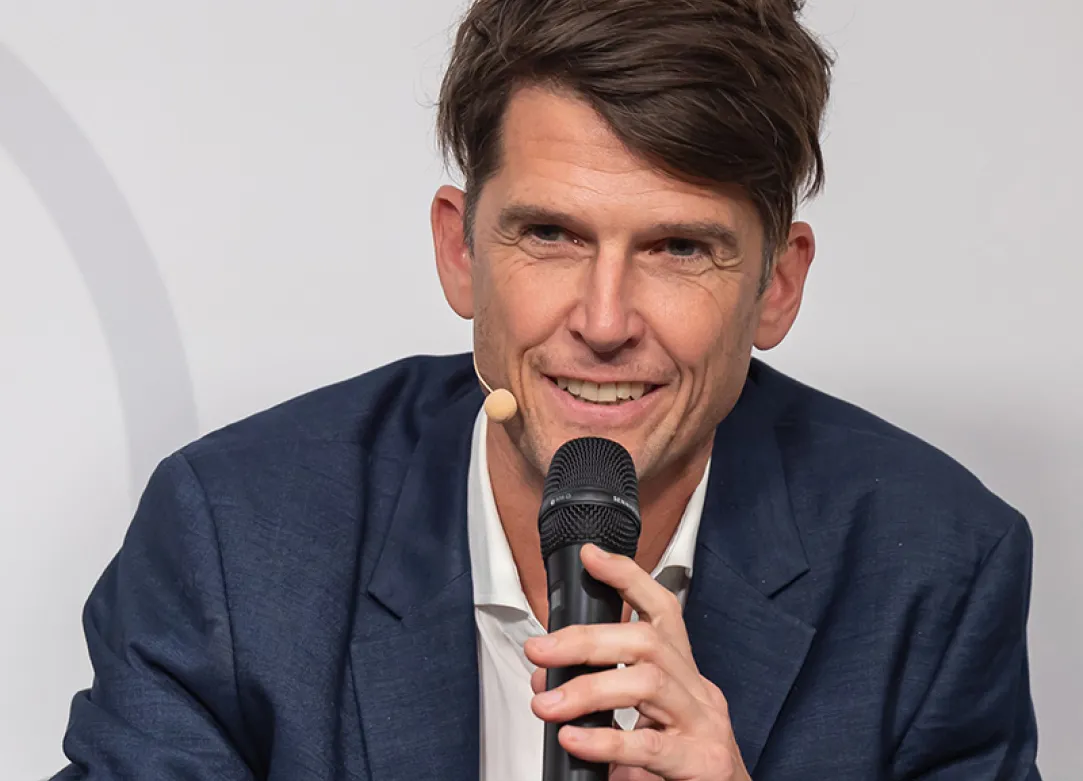Technology once gave humanity the illusion of being severed from nature: the industrial age, culminating with the assembly line, convinced us that designing structures and products was about piecing together artificial parts. Award-winning architect, designer and MIT professor Neri Oxman says thanks to four new technologies – computational design, additive manufacturing, materials engineering and synthetic biology – we can now imagine nature and human design as one in the same, an emerging state which Oxman calls the “Age of Entanglement.” As she eloquently explains in her acclaimed TED Talk which has garnered more than 2 million views, we can make the revolutionary transition from nature-inspired design to design-inspired nature. Through this framework, designers in every industry from consumer goods and apparel to architecture and construction are given a new lens through which to see – and create – a radically different future.
A powerful, engaging and charismatic speaker, Oxman alters her audiences’ perception about the nature of our universe and reveals how to harness these new insights for design purposes. Oxman, a self-described “design activist,” is the pioneer of Material Ecology, which considers computation, fabrication and the material itself as inseparable dimensions of design. In this approach, products and buildings are biologically formed and digitally engineered by, with and for nature. Oxman’s MIT design team has successfully “hacked” nature itself to create numerous products ranging from clothing to substitutes for plastic. To illustrate how she approaches her groundbreaking work, Oxman uses a modified version of the “Krebs Cycle” – what she calls the “Cycle of Creativity.” Oxman and her team work within the four quadrants of art, science, design and engineering to holistically join these disciplines – falsely believed to be separate – in the search for new perceptions about how to design products and processes. In doing so, Oxman does not tear down barriers but reveals to us all that those barriers never truly existed. Her groundbreaking work puts designers back in touch with the reality that we are all part of a living, breathing whole.
The Sony Corporation Career Development Professor and associate professor of Media Arts and Sciences at the MIT Media Lab, Oxman’s work has been documented in more than 150 scientific publications and inventions. Her work has also been presented at the White House and the World Economic Forum, and is in the permanent collections of MoMA, SFMOMA, Pompidou, MFA, Cooper Hewitt, Smithsonian Design Museum, the FRAC and the Museum of Science, amongst others. Her innovative projects include the Silk Pavilion (a robotically spun, biologically augmented structure); the Synthetic Apiary (a “perpetual spring” environment for bees); a glass 3D printer; and 3D printed fluidic clothing for synthetic microorganisms.
Oxman received her PhD in design computation as a Presidential Fellow at MIT. Prior to MIT she earned a diploma from the Architectural Association (RIBA 2 with Distinction) after attending the Faculty of Architecture and Town Planning at the Technion Israel Institute of Technology (Hons), and the Department of Medical Sciences at the Hebrew University in Jerusalem.
In 2008 Oxman was named "Revolutionary Mind" by SEED Magazine. In the following year, she was named to ICON’s “top most influential designers and architects to shape our future” and to Esquire’s “Best and Brightest”. In the following year, Oxman was selected to FASTCOMPANY’s “most creative people” and the “10 most creative women in business”. In 2014, Oxman was named to Carnegie’s Pride of America. In 2015, she was named to ROADS' 100 Global Minds: the Most Daring Cross-Disciplinary Thinkers in the World, and in 2016 she was named a Cultural Leader at the World Economic Forum. Oxman appeared on the covers of FASTCOMPANY (2010), WIRED UK (2012), ICON (2013), SURFACE (2016), and more. She has been written about in The New York Times, The Wall Street Journal, WIRED, Fast Company, The Boston Globe and more.
Neri Oxman is available to advise your organization via virtual and in-person consulting meetings, interactive workshops and customized keynotes.




